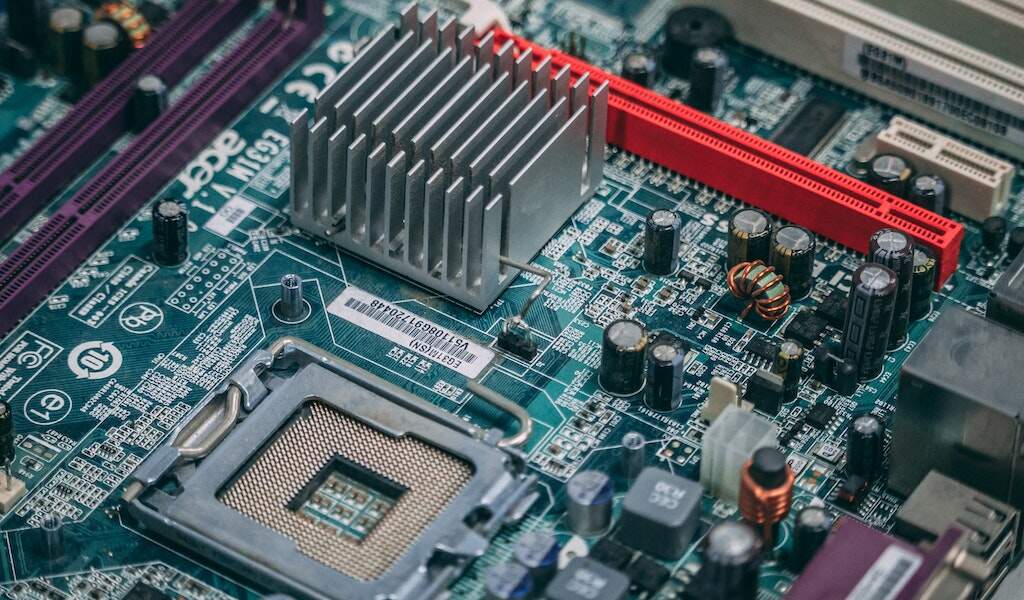As electronic devices become smaller and more powerful, they create excess heat that can damage them. That’s why thermal management is necessary to ensure that these critical components don’t overheat.
Thermal interface materials, or TIMs, conduct heat between solid mating surfaces. Learn about the different types of TIMs and essential factors to consider when choosing one for your application.
Heat Capacity
Most electronic devices have a limited operating temperature range, with many having critical performance limits that must not be exceeded. This includes life-support machines, military equipment, and aircraft power systems. When these systems fail due to overheating, it can be a dangerous and costly situation. To avoid this, thermal management systems employ working fluids and heat transfer technology to redistribute excess energy and keep temperatures under control.
The most common method of thermal management involves convection, with the movement of cooler air causing excess energy to be drawn away from warmer areas of the device. This results from natural air forces that draw more excellent molecules higher than warmer ones, and this thermal regulation method has proven reliable in most applications.
Another thermal transfer process is conduction, which involves physical contact between two solid materials. This transfer method is very effective for cooling small, enclosed spaces like the tight confines of portable consumer electronics. Still, it can be challenging to implement in more extensive systems with various component sizes and shapes.
Thermal interface materials (TIMs) help conduct heat between semiconductor devices and a heat sink by filling the gaps between them. They account for a large portion of the overall thermal resistance of a system, so it’s essential to choose a TIM with the appropriate properties for your application. The simplest way to do this is to use a specific heat calculator to calculate the heat energy needed to raise a unit mass of a material’s temperature by one degree.
Radiation
All electronic assemblies generate some excess heat during use, but high temperatures can degrade components and shorten their lifespan. This can be a significant concern for aerospace, military, and semiconductor industries, where system downtime impacts productivity, worker safety, and the bottom line. Consequently, innovative thermal management solutions are required to dissipate and redirect waste heat.
Engineers can choose from several modes of heat transfer, depending on the type of system in question. Conduction and convection cooling methods work well in most applications, but radiation is ideal for systems operating in a vacuum where other methods are impractical or impossible. Radiation uses a “black body” emitting and receiving surface to create coupled electric and magnetic fields that spread electromagnetic energy as heat.
Conduction
As the demand for electronic devices with faster performance continues to rise, cooling strategies are becoming essential to ensure device reliability and longevity. Components may overheat and fail without a proper thermal management solution due to temperature thresholds they can no longer withstand. This can have devastating consequences for medical, automotive, aerospace, and defense applications requiring high-performance products’ safe operation.
A thermal management system can employ various methods to redistribute excess heat to prevent overheating, including conduction and convection. Most electronic assemblies use a thermal interface material, or TIM, to conduct heat from semiconductor devices to the heat sink. TIMs have different thermal conductivity, which impacts how much heat they can transfer and is a critical factor to consider when choosing a TIM for your application.
Another important consideration is the initial viscosity of a thermal management product. The lower the viscosity, the easier to apply and disperse across the surface. A low initial viscosity for gap-filling applications helps reduce gaps in the TIM placement and provides a better overall result.
Some thermal management systems rely on natural air movement to redistribute thermal energy, using the force of buoyancy to draw more excellent molecules down and away from warmer devices. Passive cooling solutions utilize this force to maintain the optimal temperature of a device. In contrast, active solutions speed up this process with fans, blowers, and pumps for quicker and more effective results.
Convection
As the world becomes more electrified, digitally connected, and higher powered, circuits and devices generate heat and must be adequately cooled to maintain optimal temperatures. This is important as many devices can withstand specific temperature thresholds, and maintaining optimized temperatures can help avoid device failure.
The most effective cooling methods rely on convection to redistribute thermal energy. This is because the force of attraction leads cooler, denser air molecules to sink as warmer air rises. This process works best when a component is positioned so that air currents can easily reach it, and the force of gravity pulls cool air across the surface of the device to remove excess heat.
In addition to the air-based cooling methods, there are also liquid-based solutions that use vapor or two-phase fluids. These systems often employ pumps or fans to push the working fluid through the solution and away from the device. This type of cooling is more effective than air convection and can be used in conjunction with passive or active solutions.
Choosing the suitable thermal interface material (TIM) is essential for proper and efficient heat transfer between a semiconductor device and a heat sink. TIMs act as gap fillers between the two mating surfaces and improve thermal conductivity by helping disperse heat evenly across the gap. When selecting a TIM, it is critical to evaluate its shear thinning behavior, as significant CTE differences between the two surface materials can lead to movement and shifts in the position of the gap-filling product during vibration testing or end-use.

















